K-pop generations explained simply: a complete guide to all 5 eras
K-pop generations highlight the evolution of the industry from a local culture to a global phenomenon since the early 1990s. Pioneers like Seo Taiji and Boys introduced the idol system with a localised Korean fandom, while the current era is fully globalised and driven by technology.
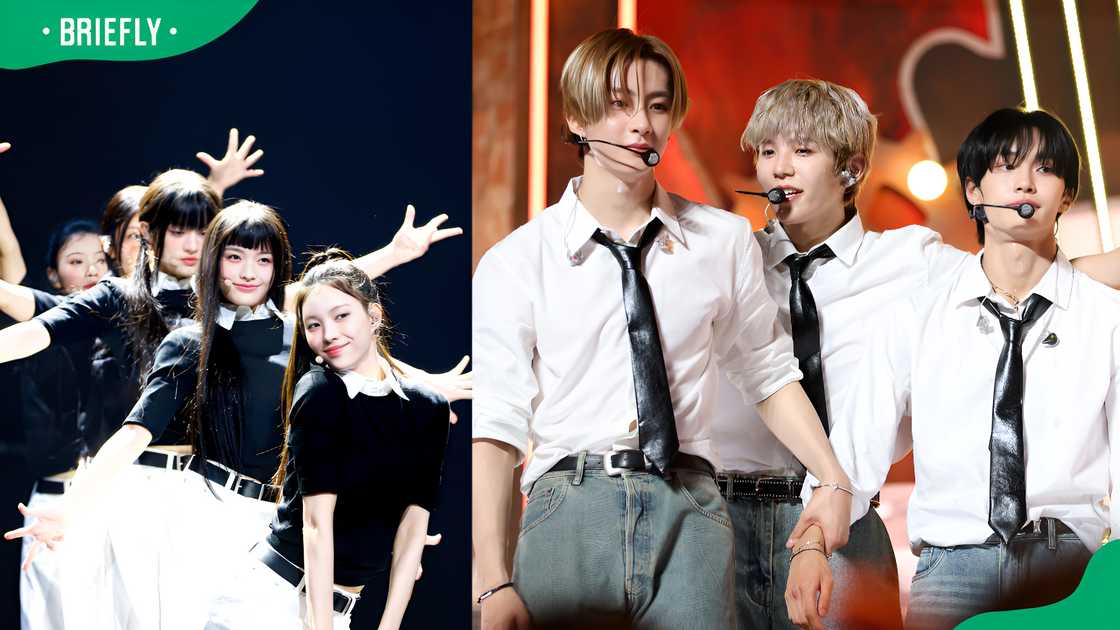
Source: Getty Images
TABLE OF CONTENTS
Key takeaways
- K-pop generations are identified by shifts in the music style, global reach, fashion, and technology.
- There are currently five K-pop generations by years: 1st gen (1990s-2004), 2nd gen (2005-2011), 3rd gen (2012-2017), 4th gen (2018-2022), 5th gen (2023 to date).
- K-pop idols started topping global charts, selling out world tours, and collaborating with Western artists in the 3rd generation, which features BTS and BLACKPINK.
K-pop generations timeline
K-pop eras define the industry's rich history, spanning three decades. Major Korean entertainment agencies like SM, YG, and JYP have played a crucial role in its evolution by developing the idol systems and training young talents.
Generation | Year | Hallmark | Key groups |
1st Gen | 1990s-2004 | Laid the foundational blueprint for K-pop | Seo Taiji and Boys, H.O.T., S.E.S., FinKL, Sechs Kies |
2nd Gen | 2005-2011 | Rise of the Hallyu Wave and fan culture | TVXQ, Super Junior, BIGBANG, Girls' Generation, Wonder Girls, 2NE1, SHINee |
3rd Gen | 2012-2017 | Global recognition through social media | BTS, EXO, BLACKPINK, TWICE, Red Velvet, SEVENTEEN |
4th Gen | 2018-2022 | Digital era, genre blending | Stray Kids, ITZY, ATEEZ, TXT, ENHYPEN, (G)I-DLE |
5th Gen | 2023 to date | AI integration Multinational idol groups | ZeroBaseOne, RIIZE, BabyMonster, XIKERS |
K-pop has been influenced by Western style since the beginning. Idol groups and solo artists focus on diversifying their choreography, fashion, genres, and fandom in every era.
The introduction of social media in the 2000s and early 2010s became a game changer in popularising the industry to international markets. Here is a detailed look at the industry's evolution, including K-pop groups by generation:
1st K-pop generation: Early 1990s to 2004
The first generation that laid the foundation for the idol culture known today and was characterised by experimentation with sound. Idols introduced a mix of traditional Korean music and Western genres like rock, rap, and R&B with simple choreography. The 1st gen pioneer K-pop groups included:
- Seo Taiji and Boys (1992-1996): The boy group is considered part of the proto-K-pop, which started the revolutionization of the Korean music industry. It had three members, including Seo Taiji, Yang Hyun-suk (YG founder), and Lee Juno.
- H.O.T. (1996-2001): The five-member group is widely recognised as the original K-pop group with synchronised dance routines and visually appealing performances.
- S.E.S. (1997-2002): This is the first successful K-pop girl group that paved the way for female idols. The trio consisted of Bada, Eugene, and Shoo.
- Other 1st gen K-pop groups: FinKL (1998-2003), Sechs Kies (1997-200), g.o.d (1999-2005), Shinhwa (1998 to date), and Baby V.O.X (1997 -2006).
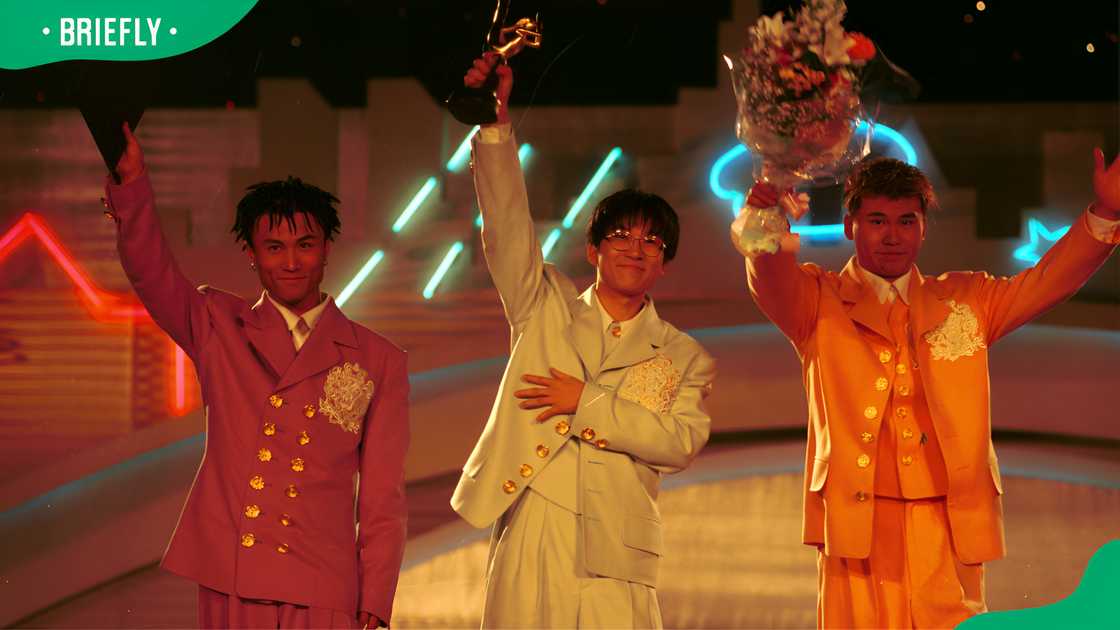
Source: Getty Images
2nd K-pop generation: 2005 to 2011
The second generation, also called the Golden Age of K-pop, witnessed the rise of the Hallyu Wave or the Korean Wave across Asia. They reached international audiences when YouTube started gaining traction in the late 2000s.
Fan culture innovations like lightsticks, photocards, and fandom names were introduced in this era. Their music style had catchy beats and synchronised dance routines with more polished visuals. With the increase in popularity of idol groups during the 2nd generation, several bands emerged, including:
- Boy groups: Super Junior (2005 to date), BIGBANG (2006 to date), SHINee (2008 to date), BEAST (now HIGHLIGHT – since 2009), SS501 (2005-2010), and Infinite (2010 to date).
- Girl groups: Girls' Generation (SNSD – 2007 to date), Wonder Girls (2007-2017), 2NE1 (2009-2016), KARA (2007-2016), f(x) (2009-2016), Brown Eyed Girls (2006 to date), 4Minute (2009-2016), SISTAR (2010-2017), and Miss A (2010-2017).
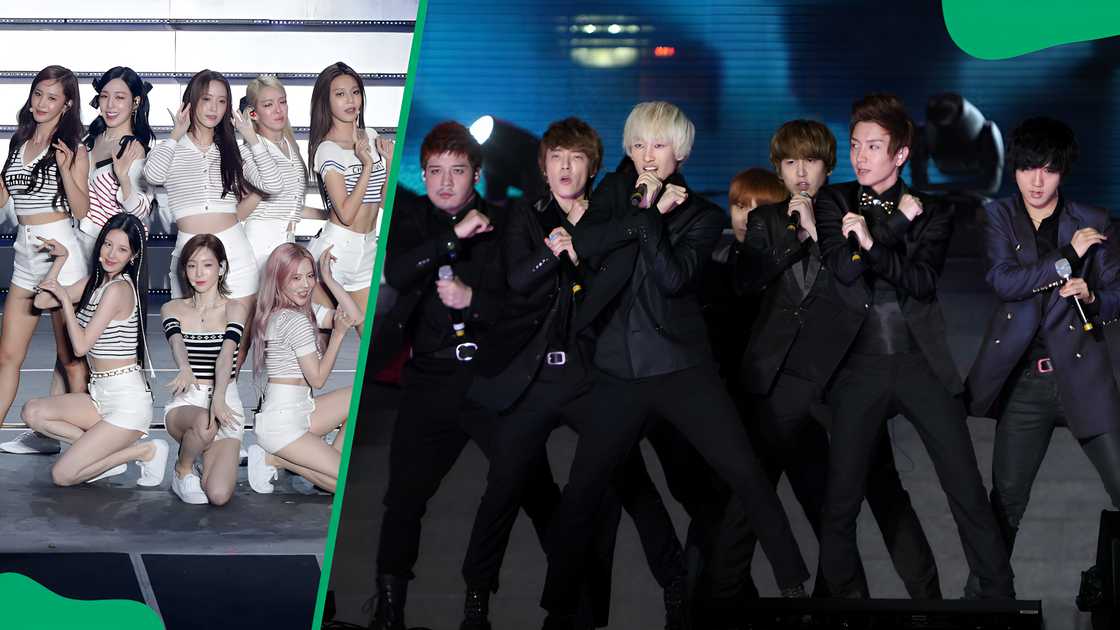
Source: Getty Images
3rd K-pop generation: 2012 to 2017
The third generation gained global recognition because of social media, which enabled expanded international reach. PSY's 2012 megahit, Gangnam Style, is one of the major highlights of the start of the era when it became the first South Korean video to surpass 1 billion YouTube views.
Groups like BTS, BLACKPINK, and SEVENTEEN made the 3rd K-pop generation a global sensation, with widespread influence on popular culture. They broke several records in the Western market and still have a huge fan base. Major bands from the era include:
- Boy groups: EXO (since 2012), BTS (since 2013), SEVENTEEN (since 2015), GOT7 (since 2014), Monsta X (since 2015), NCT (since 2016), iKON (since 2015), Winner (since 2014), BTOB (2012-2023), and Wanna One (2017-2019).
- Girl groups: TWICE (since 2015), BLACKPINK (debuted 2016), Red Velvet (since 2014), MAMAMOO (since 2014), GFriend (2015-2021), Oh My Girl (since 2015), and EXID (2012-2020).
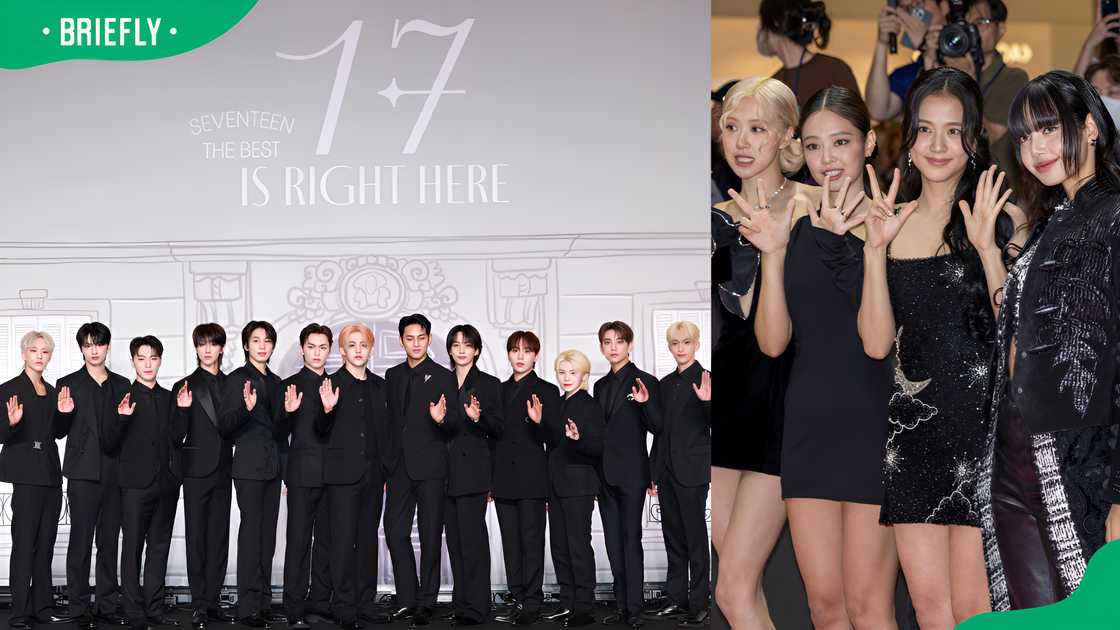
Source: Getty Images
4th K-pop generation: 2018 to 2022
The global success of the 3rd generation provided a strong foundation for the fourth generation. They thrived in the digital era by connecting with international audiences and blending genres. Bands like TXT, Aespa, and ENHYPEN defined the 4th K-pop generation.
The artists embraced musical experimentation beyond traditional K-pop by blending genres like alternative, indie, electronic, reggaeton, rock, and EDM with samples from classical music. The idols also became actively involved in music production through songwriting, composing and choreography. Notable 4th-gen K-pop groups include:
- Boy groups: Stray Kids (since 2018), ATEEZ (since 2018), Tomorrow X Together (TXT – since 2019), ENHYPEN (debuted 2020), and TREASURE (debuted 2020).
- Girl groups: ITZY (since 2019), (G)I-DLE (since 2018), Aespa (debuted 2020), IVE (since 2021), NewJeans (2022-2025), LE SSERAFIM (debuted 2022), NMIXX (since 2022), STAYC (since 2020), Kep1er (2022-2024), and Loona (2018-2023).

Source: Getty Images
5th K-pop generation: 2023 to date
The fifth K-pop generation is the current era, with new idol groups debuting. It is a tech-driven generation defined by AI, virtual fan engagement, and genre fusion. The industry is being revolutionised with augmented reality and virtual K-pop idol groups like PLAVE, which debuted in 2023 with digital avatars.
This era also embraces the concept of a decentralised and multinational idol system. For example, in 2023, Modhaus formed TripleS, a 24-member K-pop girl band with idols from Korea, Japan, China, Taiwan, Thailand, and Vietnam. Other star K-pop groups of the 5th generation include:
- Boy groups: ZeroBaseOne (ZB1 – debuted 2023), BoyNextDoor (BND – debuted 2023), xikers (debuted 2023), RIIZE (debuted 2023), TWS (debuted 2024), and ALL(H)OURS (debuted 2024).
- Girl groups: Kiss of Life (debuted 2023), ILLIT (debuted 2024), BabyMonster (debuted 2023), QWER (debuted 2023), VVUP (since 2024), BADVILLAIN (debuted 2024), UNIS (since 2024), and VCHA (since 2024).

Source: Getty Images
What year will 6th-gen K-pop start?
The exact year for the 6th K-pop generation is not set, but it is already stirring buzz. Eras are not strictly defined by dates but are shaped by factors like significant changes in musical styles and technology.
5th generation idols like Kiss of Life and ZeroBaseOne have only been around since mid-2023. Cosmosy, a K-pop girl group formed in December 2024 with all Japanese members, has dubbed itself the 'sixth-generation K-pop idols' due to its futuristic vibes, multilingual lyrics, and Y2K aesthetics. There is no consensus yet on whether 2025 marks the start of 6th-gen K-pop.

Read also
L-Tido accused of copying MacG after launching new podcast: "It’s a pity you won’t give credit where it’s due"
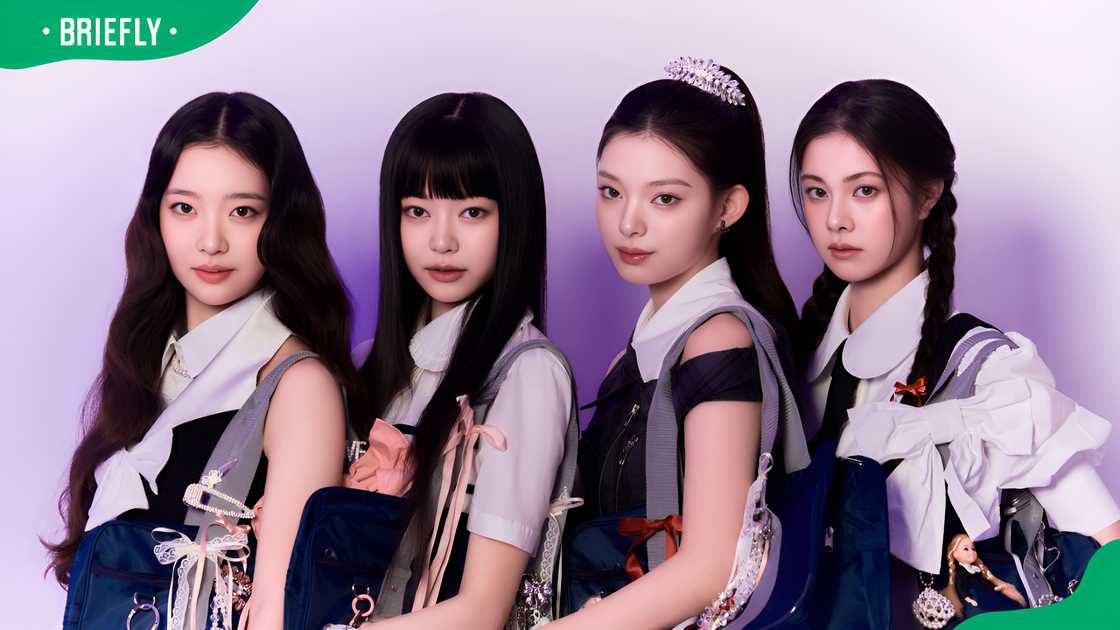
Source: Twitter
Wrapping up
K-pop generations have focused on appealing to their expanding audiences over the years. The industry is now globalised, and emerging idols have to innovate ways to keep K-pop relevant.
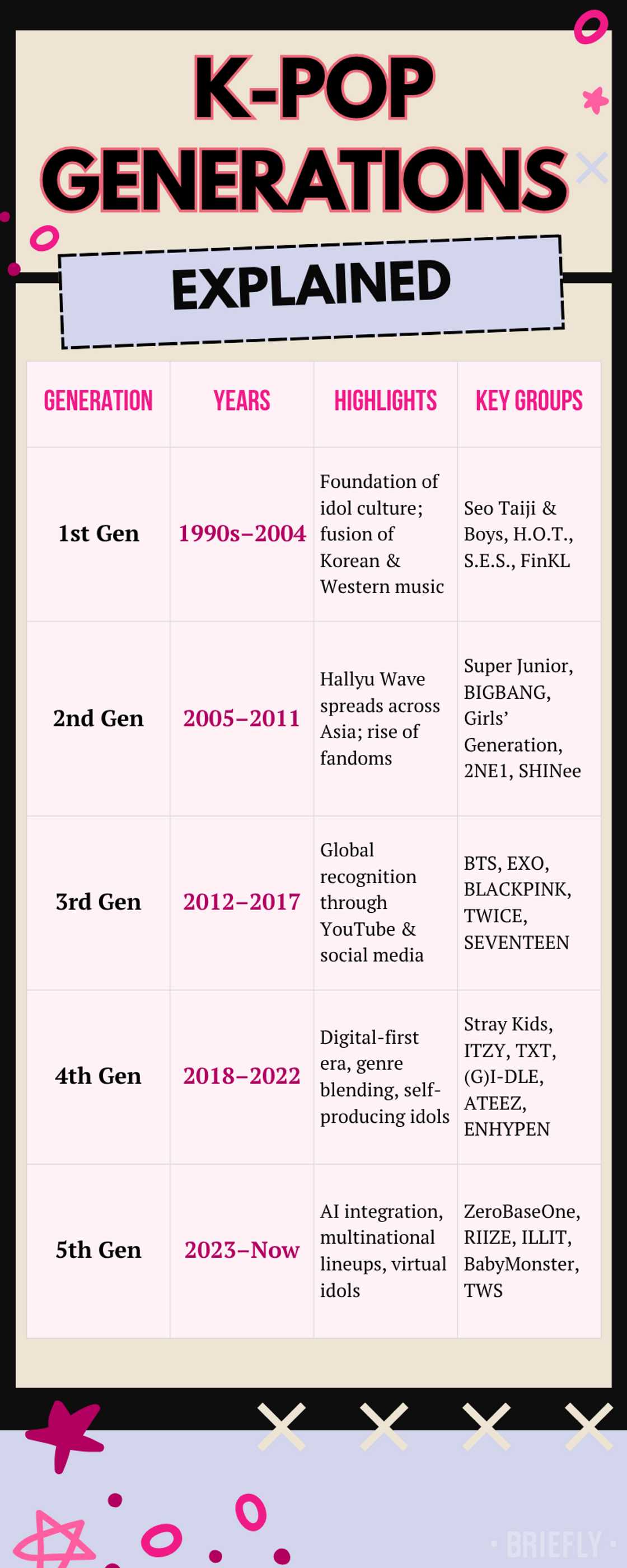
Source: Original
READ MORE: Top 20 most popular K-pop groups in the world - which is the most famous band?
Briefly.co.za highlighted the biggest and most influential K-pop bands today. These groups are not just topping global charts but have influenced culture, fashion, and their international fandoms.
Popular K-pop idols feature both girl and boy bands like BTS, BLACKPINK, TWICE, and Stray Kids. Their successful world tours and solo ventures have kept them at the forefront of the global music industry.
Source: Briefly News






